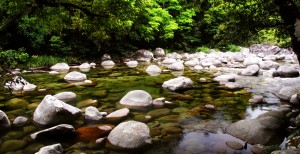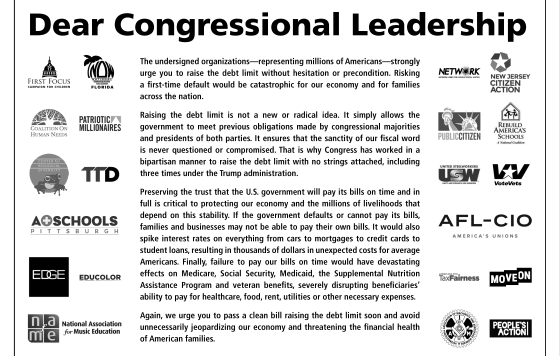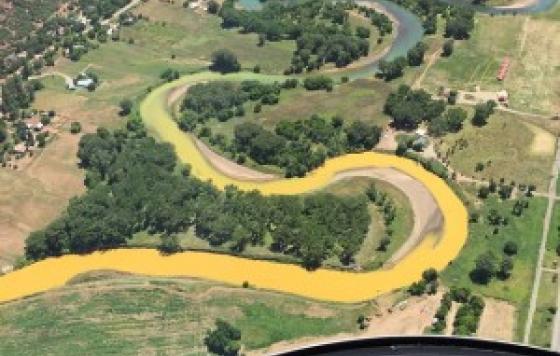
By Lynn Thorp, Campaigns Director (follow Lynn of Twitter - @LTCWA)
Putting Drinking Water First means making decisions about all of our activities with an eye toward their impact on our drinking water sources. Take action here.
Why should we do that? First, recent events like the Freedom Industries chemical spill in West Virginia and the Duke Energy coal ash spill in North Caroline illustrate the health concerns and disruptions which result from contamination of drinking water sources. Public health and local economies depends on tap water. Second, a “Putting Drinking Water First” approach will often lead to the most prudent common-sense choices about our activities and their resulting health and environmental impacts.
The Obama Administration “Put Drinking Water First” this week when it proposed policy to clarify the definition of “Waters of the United States.” That’s right. The definition has not been clear for over a decade and powerful interests are working hard to keep it that way. However, the bodies of water at issue include streams which feed the drinking water sources for 117 million people – a third of the US population – and 20 millions of wetlands.
These drinking water connections are not just a talking point. Allowing pollution and other destructive activity in the small streams that feed the larger rivers and lakes which provide drinking water to so many people can impact water availability and water quality for the Public Water Systems relying on that water. This can lead to real impacts on the consumers using tap water from those Systems, including higher bills to pay for additional water treatment.
Wetlands filter pollution and prevent flooding, and also play an important role in healthy watersheds which lead to cleaner drinking water sources. In comments on EPA’s draft Guidance on this subject in 2011, the New York City Department of Environmental Protection (NYDEP) noted:
Confirming federal wetland jurisdiction over such wetlands would benefit the New York City Watershed, particularly in the West of the Hudson portion of the watershed, where only one of 50 municipalities has adopted local regulations to protect wetlands, and nearly 70% of the wetlands of interest to DEP are not protected by State regulations . . .Because of the importance of these wetlands to New York City’s drinking water supply, DEP urges EPA to adopt regulations to reduce current ambiguities regarding CWA [Clean Water Act] jurisdiction and thus ensure that these critical waters are protected. [1]
Restoring a science-based and common sense approach to protecting our nation’s waters has been a top priority for Clean Water Action for over a decade. As my colleague Jon Scott noted yesterday, we’re in it for the long haul and intend to mobilize our members, the public and all the tools we have to see that this proposal is finalized. For this week, we’re thrilled to see progress. In the weeks to come, you will be hearing more about this from us.
The referenced media source is missing and needs to be re-embedded.
Waiting for Protection for More than 10 years
[1] New York City Department of Environmental Protection (NYDEP), Comments on Draft Guidance on Identifying Waters Protected by the Clean Water Act Docket ID Number EPA-HQ-OW 2011-0409, July 1011
Related Posts
Stay Informed
Get the latest updates and actions:
Thanks for signing up!
There was a problem processing your signup. Please try again.


